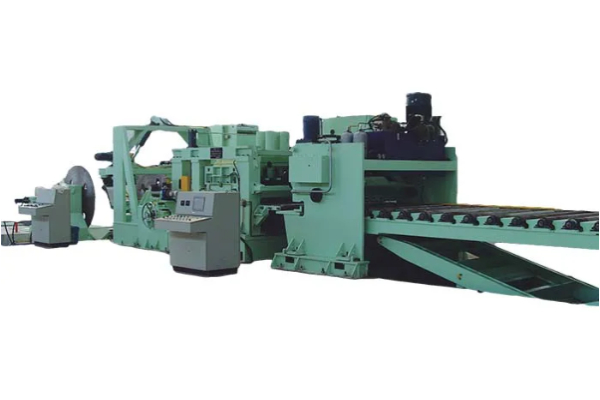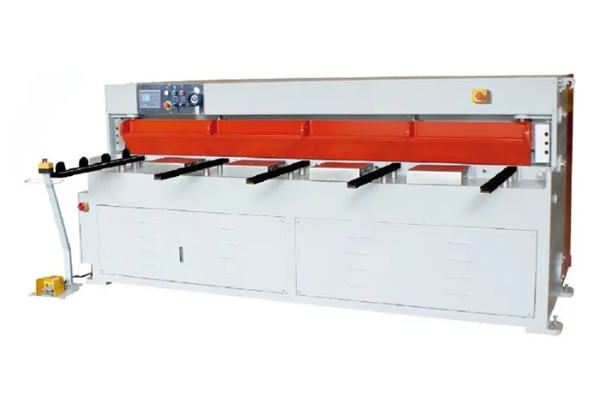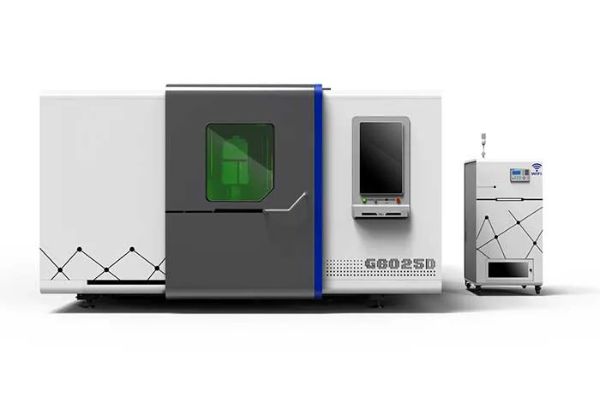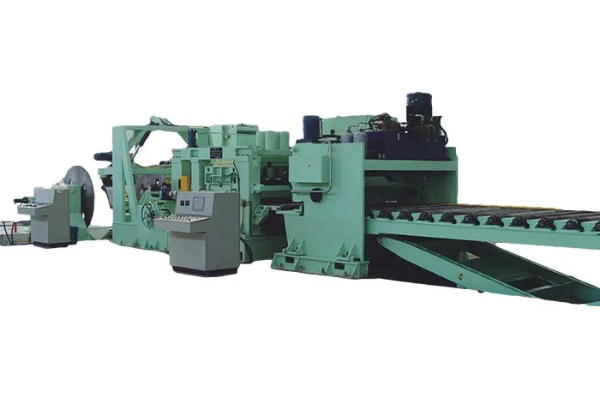
The Backbone of Metalworking- Exploring Sheet Metal Machinery
- By:Metmac
- 2024-05-15
- 212
In the realm of metalworking, sheet metal machinery reigns supreme as the backbone of the industry. These versatile and indispensable machines transform raw sheet metal into a myriad of intricate and functional components, enabling the production of countless products, from automobiles to electronics. This article delves into the multifaceted world of sheet metal machinery, exploring its essential components, capabilities, and applications.
Essential Components of Sheet Metal Machinery
Sheet metal machinery consists of several critical components that work in unison to manipulate and shape sheet metal. These components include:
– Shears: Shears cut sheet metal into desired shapes and sizes using sharp blades or rotating discs.
– Press Brakes: Press brakes bend and shape sheet metal by applying pressure between a punch and a die.
– Welding Machines: Welding machines join multiple pieces of sheet metal together using heat, fusion, or adhesion.
– Rollers: Rollers gradually deform sheet metal by passing it through a series of rollers, creating curves or bends.
– Laser Cutters: Laser cutters use high-powered lasers to precisely cut intricate shapes and features into sheet metal.
Capabilities of Sheet Metal Machinery
Sheet metal machinery boasts a wide range of capabilities, enabling manufacturers to produce complex shapes and precise components. These capabilities include:
– Cutting: Sheet metal can be cut into various shapes, including straight lines, curves, angles, and contours.
– Bending: Sheet metal can be bent and shaped into complex curves, angles, and forms.
– Joining: Multiple pieces of sheet metal can be joined together to create larger assemblies.
– Rolling: Sheet metal can be rolled into cylindrical or conical shapes for a variety of applications.
– Laser Cutting: Laser cutters can produce incredibly precise cuts with minimal heat distortion.
Applications of Sheet Metal Machinery
Sheet metal machinery finds application in a vast array of industries, including:
– Automotive: Sheet metal is used extensively in the production of automobiles, from body panels to interior components.
– Electronics: Sheet metal is essential for manufacturing electronic enclosures, chassis, and heat sinks.
– Aerospace: Sheet metal plays a crucial role in the construction of aircraft fuselages, wings, and other structural components.
– Construction: Sheet metal is used in roofing, cladding, and HVAC systems.
– Appliance Manufacturing: Sheet metal is employed in the production of appliances such as refrigerators, ovens, and washing machines.
Conclusion
Sheet metal machinery stands as the bedrock of the metalworking industry, empowering manufacturers to transform raw materials into a myriad of essential products. Its versatility, precision, and efficiency make it an indispensable tool in countless applications. As technology continues to evolve, sheet metal machinery will undoubtedly play an increasingly critical role in shaping the future of metal fabrication.
-
Advanced Sheet Metal Rolling, Cutting, and Folding Machines for Efficient Fabrication
2025/10/22 -
High-Precision Sheet Metal Bending and Cutting Solutions for Modern Manufacturing
2025/10/22 -
High-Precision Solutions from Leading Sheet Metal Cutting Machine Manufacturers
2025/09/11 -
Reliable Sheet Metal Equipment for Sale to Support Precision Fabrication
2025/07/17
-
Advanced Sheet Metal Rolling, Laser Cutting, and Folding Machines for Precision Fabrication
2025/10/31 -
High-Performance Sheet Metal Bending and Cutting Machines for Modern Fabrication
2025/10/31 -
High-Quality Sheet Metal Equipment for Sale: Efficient Solutions for Modern Manufacturing
2025/10/31 -
High-Performance Sheet Metal Equipment for Sale: Forming and Shearing Solutions for Modern Fabrication
2025/10/22
-
Latest Technological Advancements in Rectangular Duct Machines
2024/05/11 -
Integrating Automation with Rectangular Duct Machines for Enhanced Productivity
2024/05/11 -
Metal Shear Machines- Essential Tools for Precision Metal Cutting
2024/05/11 -
Understanding the Role and Function of Steel Strip Slitting Machines
2024/05/11
-
A Guide to the Latest Innovations in Sheet Metal Folding Machines
2024/11/29 -
Key Features to Consider When Investing in a Sheet Metal Folding Machine
2024/11/28 -
Enhancing Precision with Advanced Sheet Metal Folding Machines
2024/11/27 -
How to Choose the Right Sheet Metal Folding Machine for Your Workshop
2024/11/26






